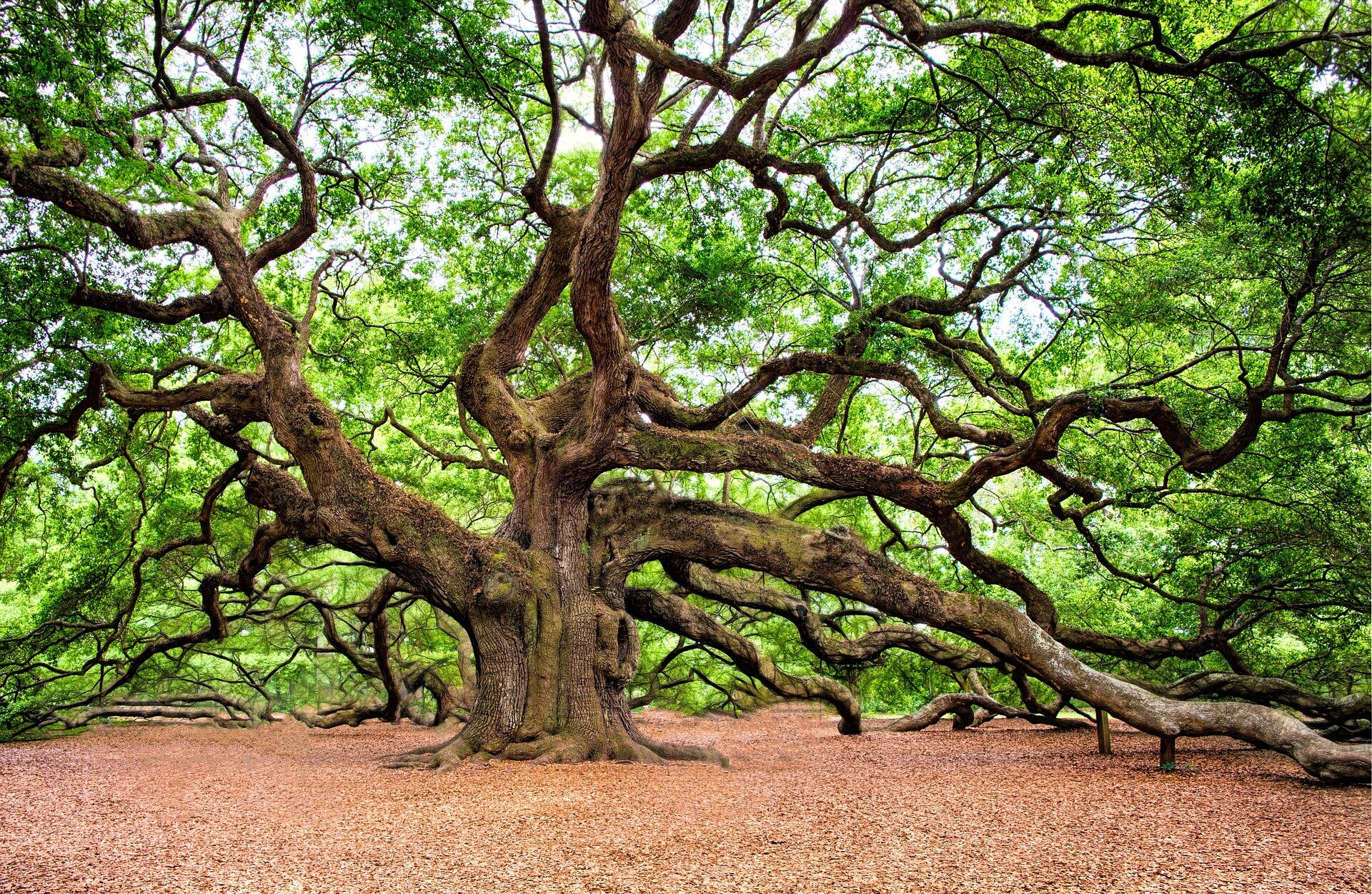
Category
inspiring ideas
inspiring ideas
We continue our blog series Chasing the tree on every continent with the North American trees Pinus Longaeva, False Mastic, Sand pine and Virginia oak.
Pinus Longaeva that Witnessed the History of the World
Pinus Longaeva, also known as the Bristlecone pine, is most abundantly found in the high mountains of California, Utah, and Nevada in North America. Not growing much in height and remaining in the range of 5-15 meters, Pinus Longaeva is among the trees with the longest green leaves in the world; it is even reported that some Pinus Longaeva trees can stay green for up to 45 years. Pinus Longaeva is also known as one of the longest-living tree species. The Methuselah tree, i.e., the second oldest known living tree of the world which is 4852 years old, is included in this species. This tree located in the state of California is named after a Biblical figure named Methuselah, known as Noah’s ancestor.
Put under protection in many national parks in North America, Pinus Longaeva has also been made a part of various mythological stories by the Americans. It is necessary to use caution due to the risk of fires that may break out near these old trees that are extremely flammable.
4 Seasons Green: False Mastic
The homeland of False Mastic that is one of the flowering trees is Florida and the northern regions of Central America. With its height ranging from 4.5 to 25 meters, False Mastic may have a diameter length from 10 centimeters to 90 centimeters. It is known that the first traces of these thin trees which can be wrapped around by human arms date back to the Mayas. Preferred to be planted with its yellow flowers and regular fruits, this tree is frequently used in building and boat constructions.
Florida’s Indispensable Sand Pine
Pinus Clausa, also known as Sand Pine is commonly found in the southeastern states of the United States of America such as Florida and Alabama. Growing in dry and infertile soils, Sand Pine is categorized in the group of dwarf and medium-sized trees. These trees are often used in sectors such as bridges, beams, railway links, and forestry sector; and are highly preferred in plywood production. Sand pine covers a substantial part of Florida pine ecosystem; and also provides habitat for the threatened species Florida gecko.
Old-Time and Wise Virginia Oak
Found in the southern regions of the United States of America, the Virginia Oak is considered as one of the iconic symbols of its region. Having a fascinating mystical appearance with its many thick and sometimes bending branches, this tree has long roots that can protrude towards the surface of the soil. Usually found in the range of 20-27 meters, these long trees can sometimes be seen in the size of a bush. While Virginia oak has thin, long and dark green leaves; it has a fruit looking like a nut. Shedding all of its leaves before every spring, this oak species is a food source for many bird and squirrel species endemic to the region. Found in our daily lives from streets to parks, these trees are also used to meet the sheltering needs in wildlife.
FUNCTIONAL, WARM AND SIMPLE: SCANDINAVIAN DECORATION STYLE
PREVIOUS
Bauhaus School and Today's Understanding of Design
NEXT


